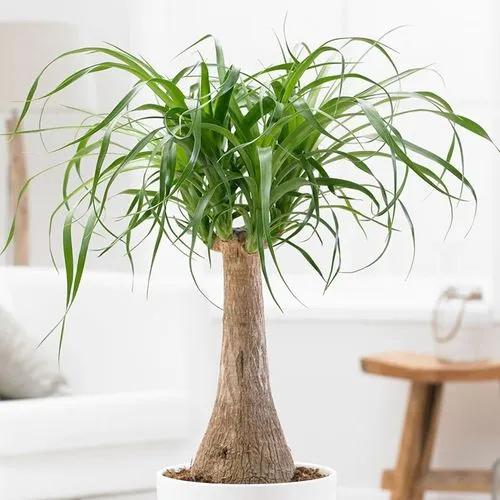They are herbs or evergreen vines, growing to heights of 20 metres (66 ft) in trees, climbing by means of aerial roots which act as hooks over branches; these roots will also grow into the soil to help support the plant. Since the plant roots both into the soil and over trees, it is considered a hemiepiphyte. The leaves are alternate, leathery, dark green, very large, from 25–90 centimetres (9.8–35.4 in) long (up to 130 centimetres (51 in) long in M. dubia) and 15–75 centimetres (5.9–29.5 in) broad, often with holes in the leaf blade. The fenestrated leaves allow for the leaves to spread over greater area to increase sunlight exposure, by using less energy to produce and maintain the leaves. The flowers are borne on a specialised inflorescence called a spadix, 5–45 centimetres (2.0–17.7 in) long; the fruit is a cluster of white berries, edible in some species.
Monstera Oreophila Care
Monstera oreophila Madison



How to Care for the Plant

Water

You should water your plant when the first couple inches of soil are dry. Poke your finger in the soil to check its dryness. Monsteras prefer peaty, well-draining soil since overly-moist soil can lead to root rot. These plants also sometimes grow aerial roots over time. You can cover these roots with moist sphagnum moss or direct them to the soil so they can also get plenty of water.

Fertilizer

From spring to the end of summer, feed your plant once a month with a general houseplant fertilizer diluted to half the recommended strength.

Sunlight

A Monstera Oreophila needs medium to bright light. It can survive in lower light, but the leaves won't split and the plant becomes leggy. Keep it out of the direct sun.

Soil

Mix soil

Temperature

Normal room temperatures between 60-80 degrees are great for your Monstera Oreophila. It will not tolerate temperatures under 55 degrees or sudden drops in temperature. Avoid cold drafts and direct airflow from heaters in the winter months.

Popularity

97 people already have this plant 24 people have added this plant to their wishlists
Discover more plants with the list below
Popular articles






